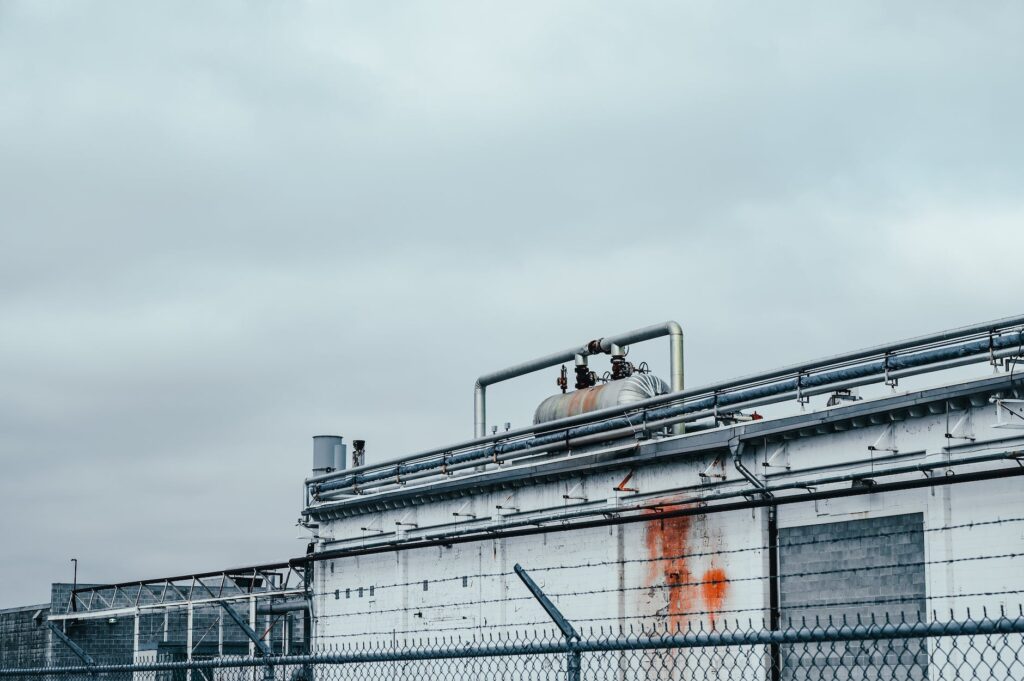Blog
Ensuring Workplace Safety in Metal Fabrication Insights from CDP Solutions

Ensuring Workplace Safety in Metal Fabrication: Insights from CDP Solutions
Metal fabrication is an essential process in various industries, including manufacturing, construction, and automotive. However, working with metals also presents significant safety risks, making it crucial for companies to prioritize workplace safety measures. At CDP Solutions, a leading recruiting and search firm specializing in the manufacturing industry, we understand the importance of maintaining a safe working environment.
In this blog post, we aim to provide valuable insights and best practices for ensuring workplace safety in metal fabrication. By adopting effective safety protocols, employers can protect their employees, enhance productivity, and mitigate the risk of accidents or injuries at their facilities.
Comprehensive Training Programs
One of the key strategies for ensuring workplace safety in metal fabrication is implementing comprehensive training programs. These programs should cover a wide range of safety topics, including hazard identification, proper equipment usage, emergency procedures, and personal protective equipment (PPE) protocols. By providing employees with the knowledge and skills necessary to identify and mitigate safety risks, companies can significantly reduce the likelihood of accidents or injuries.
Utilizing Cutting-Edge Safety Equipment
In addition to training programs, it is essential for companies to invest in cutting-edge safety equipment. This includes items such as safety goggles, gloves, helmets, and respiratory protection devices. By equipping employees with the right tools and gear, employers can ensure that their workforce is well-protected and able to perform their jobs safely.
Fostering a Safety-Minded Culture
Creating a safety-minded culture is crucial in maintaining workplace safety in metal fabrication. This involves fostering an environment where employees feel comfortable reporting safety concerns and near misses, and where safety is ingrained in daily operations. Regular safety meetings, toolbox talks, and safety audits can help reinforce the importance of safety and keep it at the forefront of everyone’s minds.
Implementing Clear Communication Channels
Effective communication is vital in ensuring workplace safety in metal fabrication. Companies should establish clear communication channels for reporting safety concerns or hazards, as well as for providing updates on safety protocols and procedures. Regular safety newsletters, email updates, and notice boards can help keep employees informed and engaged in the safety efforts of the organization.
Conducting Regular Safety Inspections and Audits
Regular safety inspections and audits are essential in identifying potential hazards and ensuring compliance with safety regulations. These inspections should be conducted by trained safety professionals who can assess the facility, equipment, and work processes for any potential risks. By addressing and resolving these risks promptly, companies can prevent accidents and create a safer work environment.
Emphasizing Continuous Improvement
Workplace safety should be viewed as an ongoing process of continuous improvement. Companies should regularly evaluate their safety programs and protocols to identify areas for improvement and implement necessary changes. This can involve seeking input from employees, conducting safety surveys, and staying abreast of the latest safety regulations and best practices in the industry.
Recognizing and Rewarding Safety Excellence
To further promote a culture of safety, companies should recognize and reward employees who demonstrate exemplary safety practices. This can be done through safety incentive programs, recognition ceremonies, or other forms of acknowledgement. By celebrating safety achievements, companies can foster a positive and proactive approach to workplace safety.
Conclusion
Ensuring workplace safety in metal fabrication is a critical responsibility for companies in the manufacturing industry. By implementing comprehensive training programs, utilizing cutting-edge safety equipment, fostering a safety-minded culture, implementing clear communication channels, conducting regular safety inspections and audits, emphasizing continuous improvement, and recognizing and rewarding safety excellence, employers can create a safe working environment for their employees. Prioritizing safety not only protects employees from harm but also enhances productivity and minimizes the risk of accidents or injuries. By adopting these strategies, manufacturers and metal fabrication professionals can revolutionize their approach to workplace safety and make it a fundamental part of their operations.
At CDP Solutions, we are dedicated to supporting companies in the manufacturing industry in their pursuit of workplace safety. We specialize in recruiting mid to high-level candidates for permanent positions in various segments of the manufacturing industry, including metals, food processing, and specialty chemical manufacturing. Our expertise extends to a full spectrum of Pennsylvania manufacturing.
As industry specialists, we understand the unique challenges and requirements of the manufacturing industry when it comes to workplace safety. Through our expertise and knowledge, we aim to empower manufacturers and metal fabrication professionals to prioritize safety as an integral part of their operations.
By partnering with CDP Solutions, companies can benefit from our extensive industry network and resources, ensuring they have access to top-tier talent who prioritize safety in their work. Our rigorous placement process allows for a more precise level of service, ensuring the best fit for each position and facilitating the creation of safe and productive workplaces.
As we continue our commitment to excellence in recruiting and search services, we invite manufacturing companies to partner with CDP Solutions to elevate their workplace safety initiatives. Together, we can create a safer, more productive future for the manufacturing industry.
